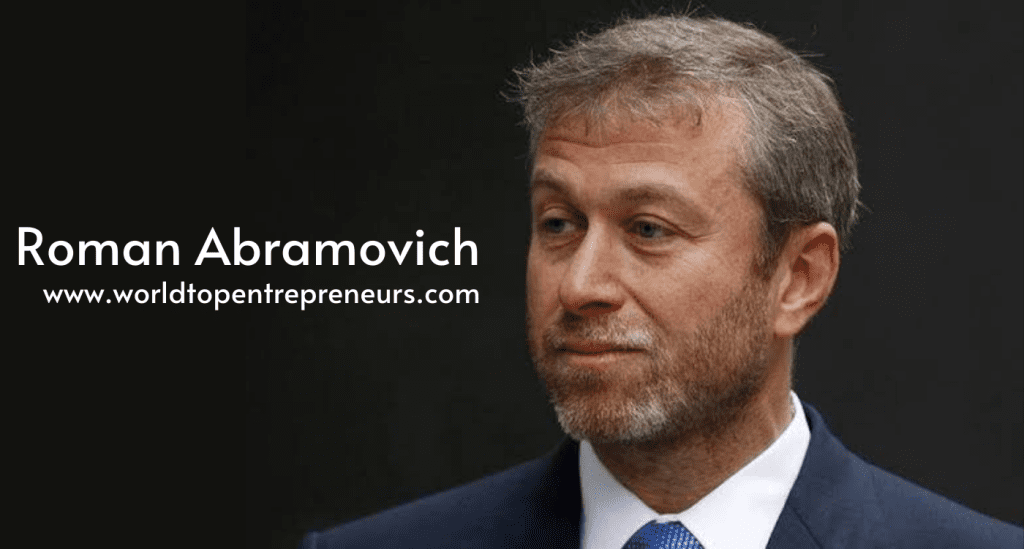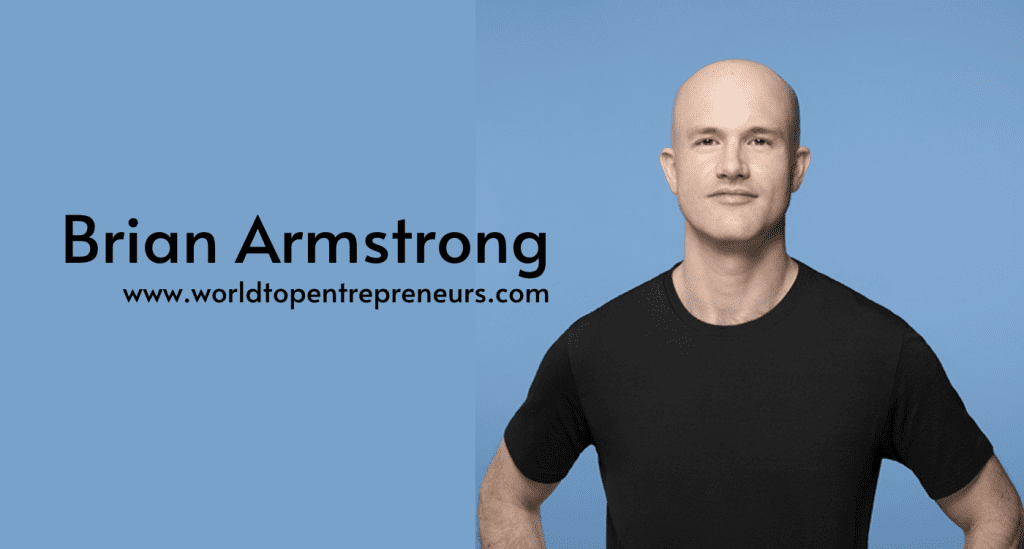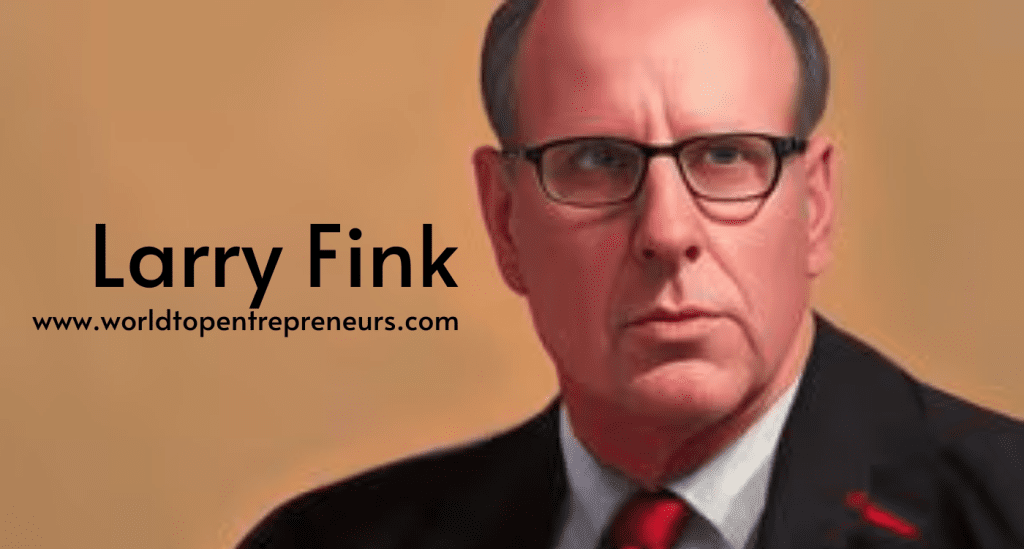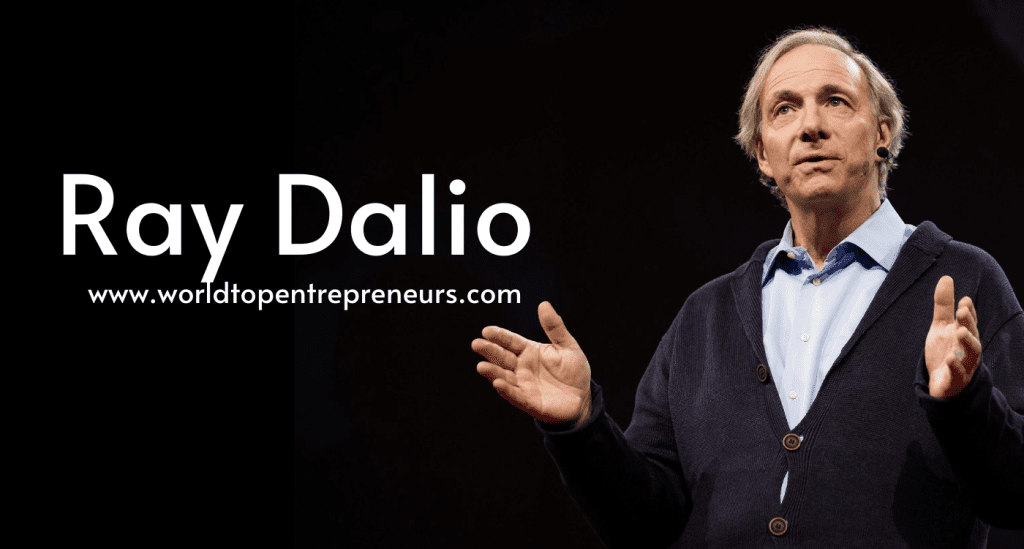Roman Abramovich is one of Russia’s most prominent and successful entrepreneurs, whose name is synonymous with vast wealth, luxury assets, and significant influence across industries. As the founder of Millhouse LLC, Abramovich’s entrepreneurial journey has been characterized by strategic investments, bold decisions, and an ability to navigate both Russia’s turbulent economic landscape and the global business world.
Best known for his ownership of the Chelsea Football Club and his significant role in the Russian energy and industrial sectors, Abramovich’s business empire spans multiple industries, from oil and natural resources to real estate, aviation, and technology. With a remarkable rise from humble beginnings to becoming one of the wealthiest individuals in Russia and the world, his journey has been nothing short of extraordinary.
In this blog, we will explore Roman Abramovich’s entrepreneurial journey, his educational background, the growth of Millhouse, LLC, the struggles he faced, the successes he achieved, and the lasting impact of his business decisions.
Early Life and Educational Background: Foundations of Success
Born on October 24, 1966, in Saratov, Russia, Roman Abramovich’s early life was marked by hardship. He lost both his parents at a young age: his mother died when he was just one year old, and his father passed away when he was four. Abramovich grew up in an orphanage, with a difficult childhood that exposed him to the realities of life in Soviet Russia. Despite these challenges, his resilience and ambition set the stage for his future success.
After completing his basic schooling, Abramovich moved to Moscow, where he enrolled at the Moscow Automobile Road Construction Institute (now part of the Moscow State University of Civil Engineering). He graduated with a degree in engineering in 1988, which laid the foundation for his future ventures in the manufacturing and oil industries. While his academic background was technical, his keen business acumen quickly became apparent as he shifted his focus to entrepreneurship in the post-Soviet economic environment.
Early Entrepreneurial Ventures: Capitalizing on the Post-Soviet Economy
The collapse of the Soviet Union in 1991 opened up unprecedented opportunities for private entrepreneurs. As the Soviet economy transitioned to a market-based system, individuals who were quick to adapt and capitalize on privatization opportunities found themselves in a prime position to amass wealth. Roman Abramovich was one of those individuals.
In the early 1990s, Abramovich became involved in the burgeoning oil and natural gas industries. He began by establishing small businesses, initially dealing with import-export trade, but it was his strategic moves in the oil sector that marked his first major business success. In 1995, he became part of a group that acquired a controlling stake in Sibneft, a Russian oil company. The deal was a turning point in Abramovich’s career, and his role in turning around the fortunes of Sibneft catapulted him into the Russian oligarch circle.
Millhouse LLC: The Foundation of Roman Abramovich’s Business Empire
By the late 1990s, Abramovich had built a reputation as a powerful businessman, and his investment strategies had expanded beyond the oil and gas sector. This is when he formed Millhouse LLC, his private investment firm. Millhouse became the central vehicle for his business dealings, overseeing a wide range of assets in various industries, including oil, steel, and mining.
Through Millhouse LLC, Abramovich gained significant control of Sibneft, which later merged with Gazprom, Russia’s state-owned gas giant, in 2005. This deal made Abramovich one of the wealthiest individuals in Russia. His wealth was further bolstered by investments in other industries, including metals, banking, real estate, and technology.
Millhouse LLC also played a critical role in Abramovich’s foray into media and aviation, further diversifying his portfolio. In the 2000s, he expanded his interests in the Russian banking sector, securing major stakes in Russian Aluminum (Rusal), a leading aluminum producer, and Evraz, a steel giant.
The diversified nature of his investments through Millhouse LLC allowed Abramovich to not only weather the fluctuations of individual sectors but also thrive in an interconnected global economy.
Struggles and Controversies: Navigating Russia’s Political and Economic Landscape
While Roman Abramovich’s rise to success was remarkable, his journey was not without its struggles and controversies. His rapid ascent through Russia’s business and political elite raised eyebrows, especially as his wealth seemed to coincide with the privatization of state-owned assets. The 1990s and early 2000s were turbulent years for Russian oligarchs, and many of them faced intense scrutiny both domestically and internationally.
One of the major struggles Abramovich faced was dealing with political rivalries and legal battles. The privatization of state-owned companies in the 1990s was highly contentious, and Abramovich’s acquisition of Sibneft and other assets was seen by some as a product of political connections. There were also allegations of asset stripping and undue influence in government deals, which placed Abramovich in the crosshairs of critics who accused him of using his proximity to Russian leaders to enrich himself at the expense of the state.
Despite these challenges, Abramovich managed to maintain his influence by strategically aligning himself with key political figures, including former Russian President Vladimir Putin. He built strong relationships with the Kremlin, which helped him navigate the often volatile political environment. At the same time, his decision to diversify his assets beyond Russia helped to mitigate risks associated with the political instability in the country.
The 2008 global financial crisis also posed significant challenges to many of Abramovich’s holdings, particularly in the energy and metals sectors. The crisis caused significant volatility in global markets, but Abramovich’s diversified portfolio allowed him to weather the storm better than many of his peers.
Successes: Empire Building and Global Expansion
Roman Abramovich’s success is most evident in the sheer scale of his business empire and his ability to successfully navigate both local and international markets. A major part of his success has been his ability to invest in a wide range of sectors, which has helped him spread risk and capitalize on emerging opportunities.
A notable success is his role in Chelsea Football Club, which he purchased in 2003. Under Abramovich’s ownership, Chelsea became one of the most successful football clubs in the world, winning multiple Premier League titles, FA Cups, and the UEFA Champions League. Abramovich’s involvement in football not only enhanced his public image but also provided a platform to make a mark in the global entertainment and sports industries.
In addition to his investments in sports, Abramovich has made significant moves in real estate. His personal portfolio includes some of the most luxurious properties in the world, including several estates in London, and a $300 million yacht. These high-profile assets have further solidified his reputation as one of the world’s wealthiest individuals.
Perhaps the most impressive aspect of Abramovich’s success is his visionary approach to investment. Whether it was his early involvement in Russia’s oil and gas industries, his strategic acquisition of stakes in key companies like Rusal, or his diversification into sectors such as aviation and technology, Abramovich has consistently demonstrated an ability to identify opportunities in both emerging and established markets.
The Legacy of Roman Abramovich
Today, Roman Abramovich’s wealth is estimated to be over $14 billion, and Millhouse LLC continues to serve as the hub of his diversified investments. Despite occasional controversies, Abramovich’s ability to build an empire that spans industries and borders has cemented his legacy as one of Russia’s most successful entrepreneurs.
As he continues to focus on a mix of high-profile investments and philanthropic efforts, his entrepreneurial journey remains an inspiring example of how boldness, strategic thinking, and adaptability can lead to extraordinary success.
Key Lessons from Roman Abramovich’s Entrepreneurial Journey
- Diversification is Key: Abramovich’s success lies in his ability to diversify across multiple industries, reducing the risks inherent in any single sector.
- Strategic Relationships Matter: Building strong relationships with key political and business leaders has been crucial in helping Abramovich navigate challenges and secure valuable assets.
- Vision and Adaptability: Abramovich’s ability to identify emerging opportunities and adapt his business model to changing circumstances has allowed him to stay ahead of the curve in an ever-evolving global market.
- Philanthropy and Public Image: Abramovich’s investments in sports, art, and charity have helped him shape his legacy and enhance his public image.
Conclusion: Roman Abramovich’s Entrepreneurial Legacy
Roman Abramovich’s journey from a self-made businessman to one of the world’s wealthiest and most influential figures is a testament to his strategic thinking, resilience, and ability to adapt to the complexities of the global business environment. Through Millhouse LLC, Abramovich has built a diversified empire that spans industries and borders, cementing his legacy as one of Russia’s most prominent entrepreneurs.
Whether through his investments in oil, technology, sports, or luxury assets, Abramovich’s entrepreneurial spirit continues to shape his personal and business trajectory, leaving a lasting mark on both Russia and the global business landscape.





















